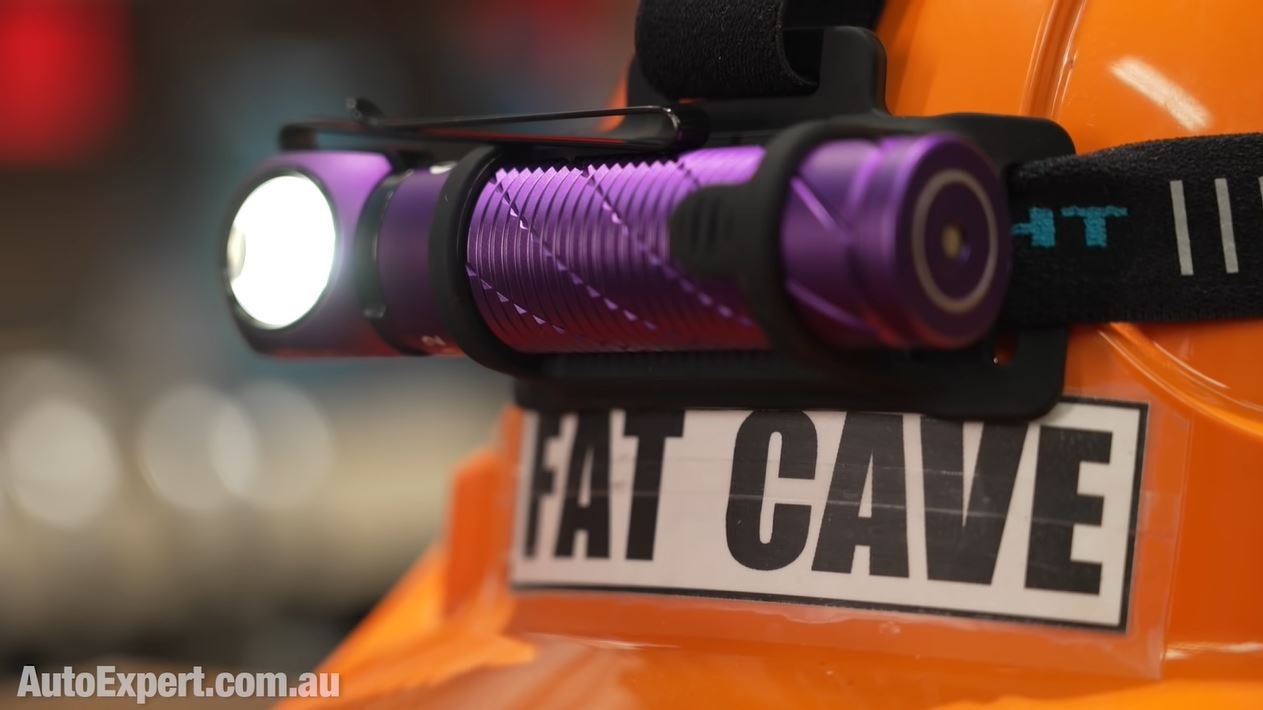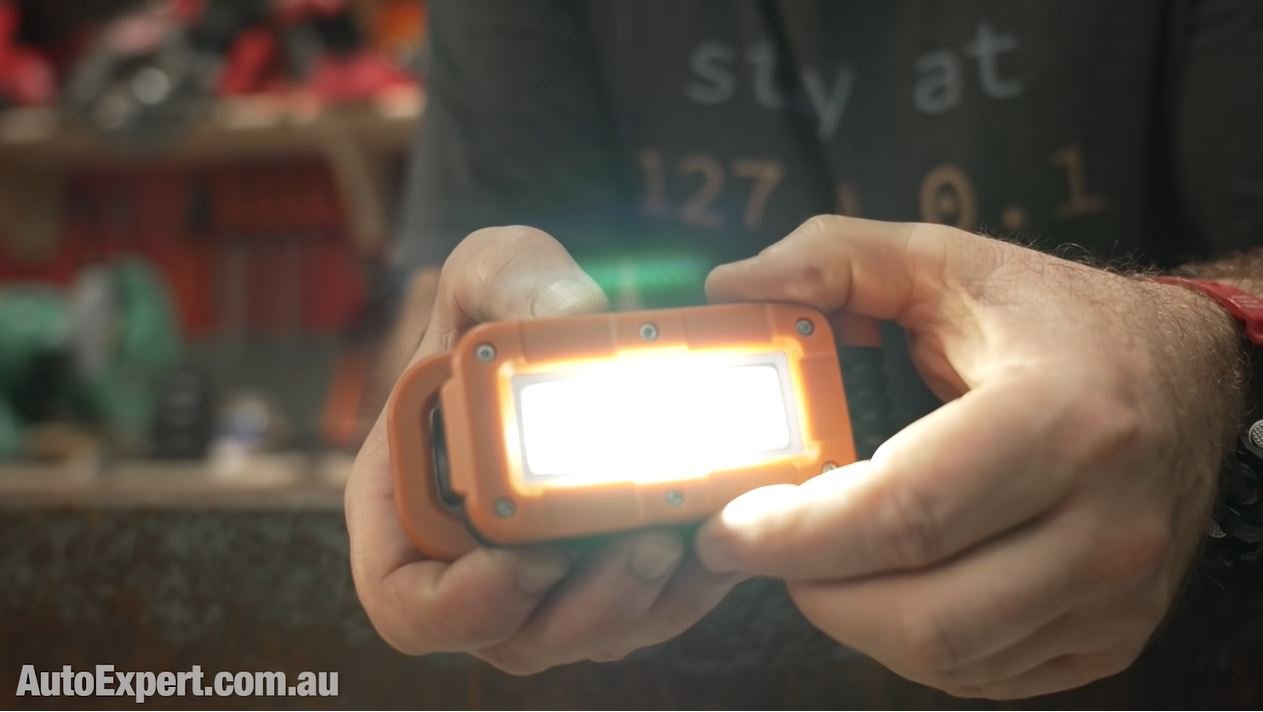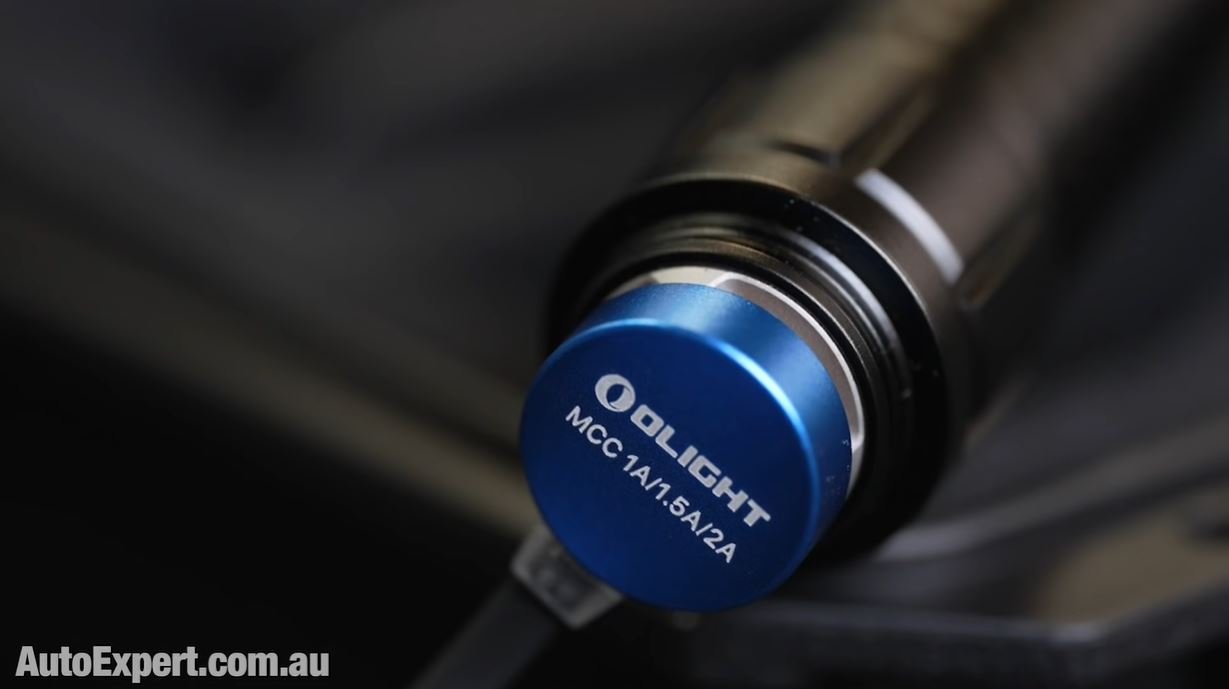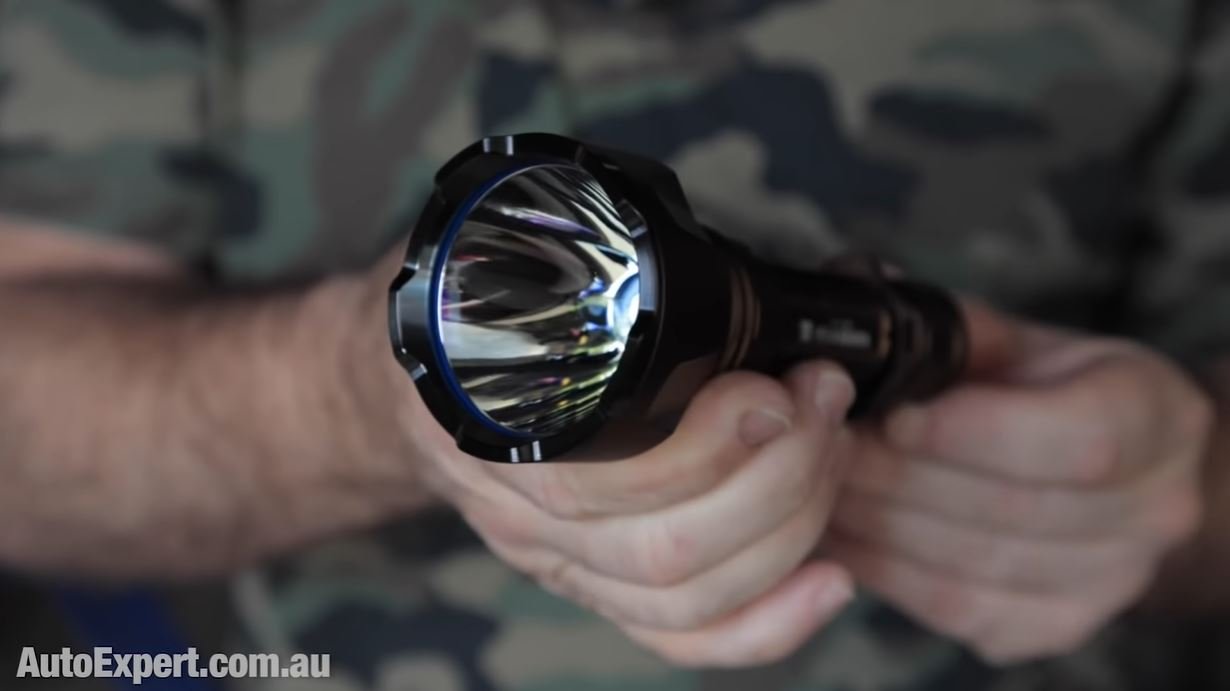Net-Zero Integrity: Scott Morrison's absurd EV policy scam
Scotty From Marketing woke up and proposed 1.7 million electric vehicles on Australian roads, by 2030. Just like that. Here’s why he’s wrong…
Can ScoMo really put 1.7 million EVs on the road?
Scotty from Marketing has had a rare environmental moment of clarity, pledging 1.7 million EVs on Australian roads by 2030. Going ‘green’, just like that - so easy, effortless.
As outright misrepresentations of reality go, this is one of his greatest hits.
Three years ago, SloMo made a big splash publicly claiming EVs would “end the weekend” - mainly because the other mob, who are almost (but not quite) equally useless, were quite keen to promote them, if elected. The PM’s change of tune is due, SloMo claims, to a “massive” change in EV technology in the intervening three years.
That’s bullshit, of course. Pro tip: There has been no significant new EV technology in the past three years. None. Don’t just take my word for this; the Electric Vehicle Council agrees. And, in my view, they only exist to make EVs look squeaky clean.
Beyhad Jafari, the EVC chief executive or whatever he calls himself, made this point to Laura Chung from Peter Costello’s Sydney Morning Herald on the 13th of November, 2021.
So, Scotty From Hillsong is shooting his mouth off again, seemingly, whilse presumably hoping we’re all too dumb to know different, using facts.
Let us fact check SloMo’s grandiose claims about shifting the fleet to 1.7 million EVs by 2030.
It’s the perfect soundbite, sure, but is it possible? This would mean a total of 1.7 million EVs need to be registered and on the road by December 31, 2029. Okay, let’s see...
There’s roughly 15 million passenger vehicles on the road now, and by 2030, ScoMo the Coal Evangelist, proposes more than one in 10 of those will be an EV.
2021 is just about finished according to the calendar, which gives us eight full years to get this ambitious job done, and hit SloMo’s target. There are currently about 22,000 registered EVs running around our fine nation. So, ‘only’ 1.68 million more to add, meaning roughly 200,000 a year, on average, or about one in every five vehicles sold annually, starting January 1, 2022.
Let us fact check SloMo’s grandiose claims about shifting the fleet to 1.7 million EVs by 2030.
It’s the perfect soundbite, sure, but is it possible? This would mean a total of 1.7 million EVs need to be registered and on the road by December 31, 2029. Okay, let’s see...
There’s roughly 15 million passenger vehicles on the road now, and by 2030, ScoMo the Coal Evangelist, proposes more than one in 10 of those will be an EV.
2021 is just about finished according to the calendar, which gives us eight full years to get this ambitious job done, and hit SloMo’s target. There are currently about 22,000 registered EVs running around our fine nation. So, ‘only’ 1.68 million more to add, meaning roughly 200,000 a year, on average, or about one in every five vehicles sold annually, starting January 1, 2022.
These grandiose political claims are hateful. Can you even conceptualise how massive 1.7 million EVs actually are?
Parked nose-to-tail, bumpers touching, they would stretch fromSydney Harbour Bridge to the Swan River in Perth, all the way back to Parliament House in Canberra. That’s a shitload of EVs.
Except we will only sell about 7500 units in Australia this year.
That’s 7500 Evs to 200,000 in 2022 - it’s never going to happen. To illustrate the point, here’s what that kind of sales increase looks like on a graph:
USEFUL LINKS FOR
xxx >>
ScoMo's Fantasy Australian EV Sales Plan
In the past five years (inclusive) EV sales in Australia have increased from just over 1200 vehicles in 2017 to 7248 EVs this year, according to the Electric Vehicle Council. There’s quite a lot of noise in the sales data - it doesn’t fit on a smooth curve - but it represents roughly 57 per cent growth, year-on-year, from 2017 to now.
If this trend continues, sales in 2029 will hit about 261,000 EVs, and the total number of EVs on the road will have grown to just over 700,000. That’s if SloMo does nothing.
So if the status quo pertains (likely) the modelling tells me we’re going to come up about a million EVs short, inconveniently.
Scott Morrison, the car industry and the ‘zero emissions’ lie >>
Recent history demonstrates that the only markets on earth where EVs instantly flourish are those in which government subsidies are so significant, that they eliminate the price premium between EVs and their internal combustion equivalents. I’m looking at you, Norway.
Imagine that - you rock into your local Hyundai dealer, or something, on the hunt for a Kona, sales guy shows you the petrol Highlander for $38,000, and then the Electric Highlander for not $64,000, which it is today, but $35,000. Plus, you don’t pay tolls and you don’t pay for parking if you go electric. It’s a no brainer.
This is, essentially, what buying a car in Norway is like, today. But here in Australia, we’ve gone from ‘no policy’ to ‘grandiose promises’ without having a rational debate about what’s right for the nation, and more broadly, for humanity.
GET REAL ON ELECTRIC VEHICLES, CHARGING, FUEL CELLS & BATTERIES
Answering your electric vehicle questions (after 10,000km in a Kona EV) >>
The truth about EVs, long-distance driving & regional recharging >>
Top 26 questions on Hydrogen Fuel Cell vehicles (FCEVs) answered >>
My AutoExpert AFFORDABLE ROADSIDE ASSISTANCE PACKAGE
If you’re sick of paying through the neck for roadside assistance I’ve teamed up with 24/7 to offer AutoExpert readers nationwide roadside assistance from just $69 annually, plus there’s NO JOINING FEE
Full details here >>
Check out my Olight discount! These flashlights are awesome and Olight supports this channel.
Get 12% off your order using the code AEJC here: https://bit.ly/3zF5hCQ
The problems with mass adoption
In my view, a rational debate on this issue needs these fundamentals facts:
Should we, effectively, put the nation further in debt by assisting the wealthy to buy electric cars? Because that’s how this works. Every taxpayer-funded dollar you put into subsidising a rich person’s procurement of an otherwise $64,000 EV is a dollar that does not get spent on schools, hospitals, roads, economic development or national security. Subsidy is a zero-sum proposition.
Secondly, what’s the opportunity cost of subsidising EVs? If we’re trying to get to Target X of CO2-equivalent emissions by 2050, and passenger car emissions are only eight per cent of the total, whereas coal is about 50 per cent - could the money we might spend on subsidising EVs not be better spent finalising our national divorce with coal, which everyone in the electorate really wants.
Then, if we do start selling EVs in significant quantities - and there are no guarantees this is possible - carmakers with EV models in their showrooms cannot get sufficient stock landed here to satisfy that demand. And this is not entirely because of the microchip shortage.
It’s because of a comprehensive lack of corporate-average fuel consumption regulations here - there are no penalties for a filthy fleet, which means Australia sits at the end of the queue for the so-called ‘clean’ cars.
Pro Tip: According to EV-volumes.com the entire world will produce - approximately - 6.4 million EVs this year. If the distribution were pro-rata based upon population or emissions or some other metric broadly linked to our national footprint in the scheme of things, we’d be in line for about 64,000 EVs. Actual EV sales for Shitsville - under 7500 this year.
But let’s imagine we do get sufficient EVs to sell to meet with demand: Where’s the infrastructure? They’re going to be most popular in our most densely populated cities, including thousands of people who don’t even have off-street parking. They often cannot even park out the front of their own house overnight. How are they going to recharge? Will they compete for that once space in the concrete carpark with a single 10amp outlet near the main switchboard?
Imagine a street of Tesla-driving hipsters arriving home in the inner city, all plugging in at 7pm, virtually in unison. They’ll be wondering why the lights in the building just went out, because the street and their building just doesn’t have the supply.
See, we can generate sufficient electricity to power 100 per cent EVs. No problem. (We’ve got sufficient coal to do that, but it’s hardly a green solution.) But getting it into the batteries - that’s a serious infrastructure issue. Nobody talks about that - but I will.
Remember how long it took to build the NBN, and how shit it is, by world standards? Don’t hold your breath for more electricity to your street.
OWNING & USING AN ELECTRIC VEHICLE IN THE REAL WORLD
12 things I've learned after driving an electric car 9000km >>
Hyundai Kona Electric - what's living with a battery-powered SUV really like? >>
EV -Vs- ICE: What really handles better? >>
The perfect real-world EV: Tell me I'm wrong >>
How green is EV ownership? A reality check >>
The terrible and unexpected cost of Nissan Leaf ownership >>
Another thing nobody talks about is the lifecycle environmental, which is a very grown-up concept to discuss.
Basically, 1.7 million imaginary EVs by 2030 will displace 1.7 million internal combustion cars, many of which are several years old, on the road today. Call it three million tonnes of embodied energy in those scrapped cars, many of which will, presumably, have significant productive life left. That’s an environmental catastrophe, right there. Very wasteful.
Nobody talks about the CO2 impost of making those 1.7 million EVs. Nobody talks about the environmental impact of mining the materials for the batteries.
Sure, EVs are awesome for clean air in our cities and a real plus for national energy security. As for them being a standout hit for overall CO2 emission - that’s a lot less clear cut.
Scotty’s right on the bandwagon calling them ‘zero emission’ vehicles, but like the majority of the scientifically illiterate, that’s only true if you don’t count making them, and scrapping them at the end of their life.
SloMo isn’t nearly smart enough (in my view) to acknowledge that he and his environmentally unconscious cohorts do not even have a fledgling battery recycling regulatory apparatus in mind. And that’s quite important - even internal combustion cars have some recycling ecosystem.
Those 1.7 million imaginary EVs will have the batteries that wear out. So if it’s commercially viable to recycle the batteries, great. Those battery materials need to be extracted and sold at a profit, compared with the cost of mining virgin materials - there’s an industry.
But if the virgin materials remain cheaper than recycling the batteries, in the absence of binding regulations which are strictly enforced and mandate that these these toxic materials get re-used responsibly, you’re looking at hundreds of thousands of tonnes of especially evil landfill.
Cobalt, nickel, Lithium hexafluorophosphate are all part of a dystopian, ‘Erin Brockovich’ style environmental outcome, where groundwater is toxic, wildlife dies en masse, kids get irreversibly sick and large swathes of land become wastelands.
Sadly, it's very easy to see it happen, because the free market often makes bad calls on the basis of economic rationalism - just look at Volkswagen or the Great Pacific Garbage Patch.
We have not had any of these debates.
WHY BATTERIES ARE NOT CLEAN AND GREEN
Cobalt Blues: Mythbusting your comments about cobalt in EV batteries and fuel >>
The truth about recycled aluminium in the automotive industry >>
Scott Morrison, the car industry and the ‘zero emissions’ lie >>
Responding to your Nissan Leaf premature battery failure criticisms >>
Both sides of politics are pathetic with respect to the truth, and respect for you and me in the electorate, whom they purport to represent. They never engage with actual scientists so that we might engineer the future that our children deserve. They’re just not long-term thinkers because all they can see is election day. That’s as far ahead as their timelines go.
It’s thanks to engineers and scientists that we’re not all living in caves and dying at the age of 40. Politicians and lawyers really haven’t helped all that much - they just swoop in and take the glory.
This 1.7 million EVs claim is a classic case of going straight from ‘thought bubble’ to ‘here’s the soundbite’ with a total vacuum of substance in between.
If you’re an emphatically ignorant bogan with a short attention span, who basically wants to do the right thing, but didn’t pay sufficient attention at school, to anything except boobies, I can forgive you for buying into this bullshit. Honestly, I can.
For everyone else, if you actually think that this is part of a carefully considered plan, based on the best evidence, which ends in a decent future for subsequent generations, then I have nothing but contempt for you.
POLITICS, ELECTRIC VEHICLES & ENVIRONMENTAL BULLSHIT
Why Victoria's EV subsidies are such an insult >>
The Great EV Rip-Off: Australia confirmed as world's worst environmental joke >>





















The Hyundai Palisade is a big, comfortable holiday machine for growing families and offers excellent value, generous 8-seat SUV space, and practicality on par with LandCruiser - but it’s $30K more affordable.